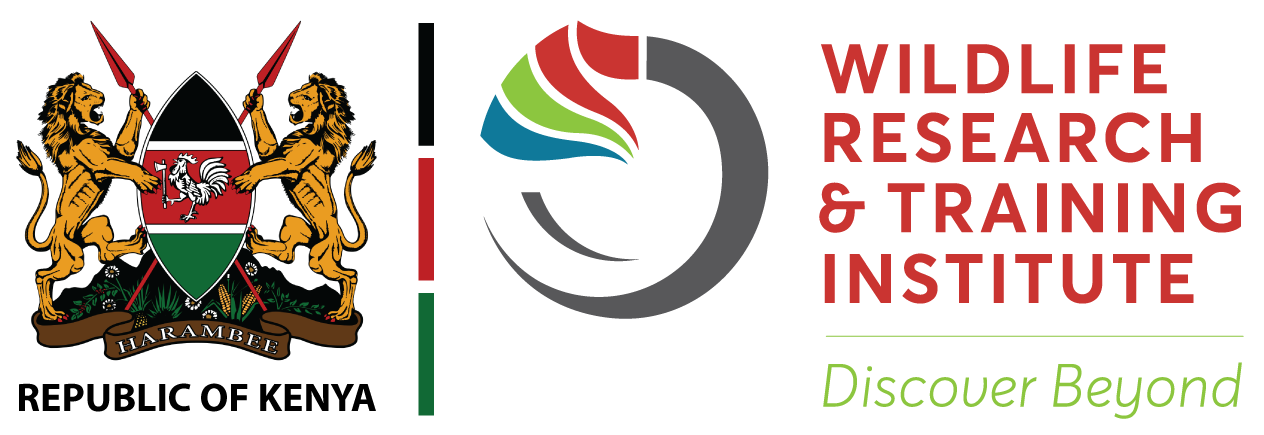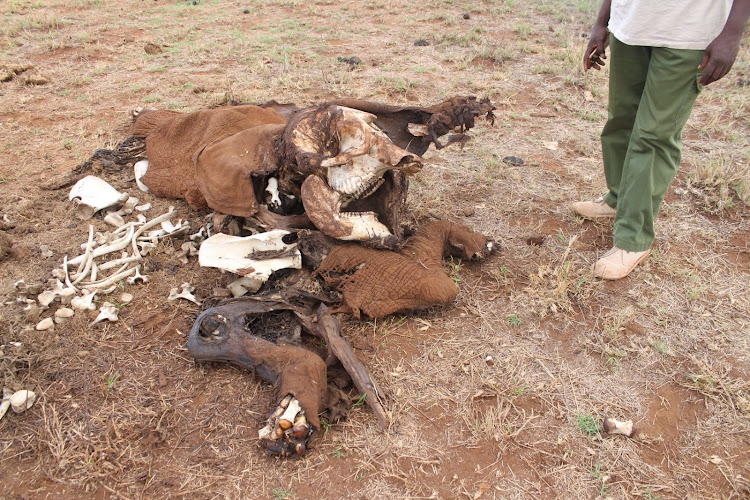Wildlife Research and Training Institute wants another round of national wildlife censuses conducted to determine the impact of drought.
Agency CEO Patrick Omondi said census is the only way to ascertain the full impact of the drought on wild animals.
The planning team is expected to prepare a plan for the ecosystem census, which will inform decision-making.
On Thursday, WRTI held the first inception meeting for the planning of the 2024–2025 National Wildlife Census.
Omondi presided over the meeting that brought together conservation partners and stakeholders at the KCB leadership centre in Karen.
The exercise is a collaborative effort aimed at establishing the status of wildlife species.
During the two-day event, the team is further expected to agree on the approach and methodologies, affirm the calendar of events, develop the required budgets, solicit expertise requirements, source the required resources, and come up with the way forward.
Omondi emphasised the need for conservation organisations to own the process, provide the necessary goodwill and ensure that the expected datasets are acceptable to all.
The expected census follows the National Wildlife Census, which was conducted from May to August 2021 and generated baseline numbers of wildlife in the country.
The exercise was carried out at a cost of Sh250 million.
The 2021 census report showed 36,280 elephants, black rhino (897), white rhino (842), northern rhino (2), lions (2,589), hyenas (5,189), cheetahs (1,160), wild dogs (865) and buffalo (41,659).
Other animals counted include Maasai giraffe (13,530), reticulated giraffe (19,725), Nubian’s giraffe (938), common zebra (121,911), Grevy’s zebra (2,649), eland (13,581), hartebeest (7,332), wildebeest (57,813) and Grant’s gazelle (66,709).
The 2022 drought impacted heavily on wildlife.
On November 5, 2022, the Wildlife Research and Training Institute released a report showing that most iconic species had died due to lack of water and pasture.
The institute said urgent and immediate interventions must be put in place to help save the animals dying in various ecosystems and conservancies due to a lack of water and forage.
The WRTI, in a study, said in the last two seasons (October 2021 to May 2022), the country has received rainfall below average and more than 1,000 deaths have been recorded.
The most affected species are the wildebeests, common zebras, elephants, Grevy’s zebras and buffalos, with the Amboseli, Tsavo and Laikipia-Samburu ecosystems being hardest hit.
In the statistics, 512 wildebeests, 381 common zebras, 205 elephants, 49 Grevy’s zebras and 51 buffalos had died.
“The Amboseli and Laikipia-Samburu ecosystems are worst affected by the drought having recorded more than 70 elephants’ deaths… the continued worsening of the drought condition could affect more rhinos in overstocked rhino sanctuaries,” reads the report.
Most of the elephant mortality cases were recorded in Amboseli, Laikipia-Samburu and Tsavo conservancies.
The institute had recommended that wildlife be provided with water as well as salt licks in the most affected ecosystems of Amboseli.
“We recommend the immediate provision of hay to Grevy’s zebra in northern Kenya,” WRTI said.
The institute had also called for the allocation of funds from the Treasury to support the National Wildlife Census in 2024 to establish the impact of the current drought on wildlife populations in all the affected ecosystems.
“WRTI should be supported to undertake well-structured monitoring of wildlife mortality in all protected areas to better understand the effects of the drought and recommend future action plans,” reads the report.
The government is seeking to address the challenges facing the conservation and management of wildlife by developing a national database.
WRTI is also in the process of developing a wildlife database.
The Wildlife Conservation and Management Act 2013 mandates the Wildlife Research and Training Institute in partnership with Kenya Wildlife Service, to establish such a database.
In a previous interview with the Star, Omondi said the database is aimed at addressing some of the challenges facing the conservation and management of iconic species.
“Data is available but scattered. The data will be crucial in informing the conservation and management,” he said.
WRTI was established in recognition that research plays a crucial role in the conservation and management of the country’s iconic species.
The institute is also recognised as a key pillar by the National Wildlife Policy 2020 and the National Wildlife Strategy 2030.
WRTI has been established with the understanding that the wildlife research agenda needs to be more focused on providing reliable scientific information on emerging wildlife conservation and management challenges.
The institute provides knowledge on the status of the country’s wildlife and their potential to facilitate optimised benefits from the wildlife resource.
Credit: THE STAR
Link: https://www.the-star.co.ke/news/2024-03-15-agency-wants-census-to-determine-impact-of-drought-on-wildlife-population/

